Invasive Plant Issues Control of Bird Vetch (Vicia cracca)
PMC-00341 View this publication in PDF form to print or download.
by Gino Graziano, Ashley Grant and Trish Wurtz
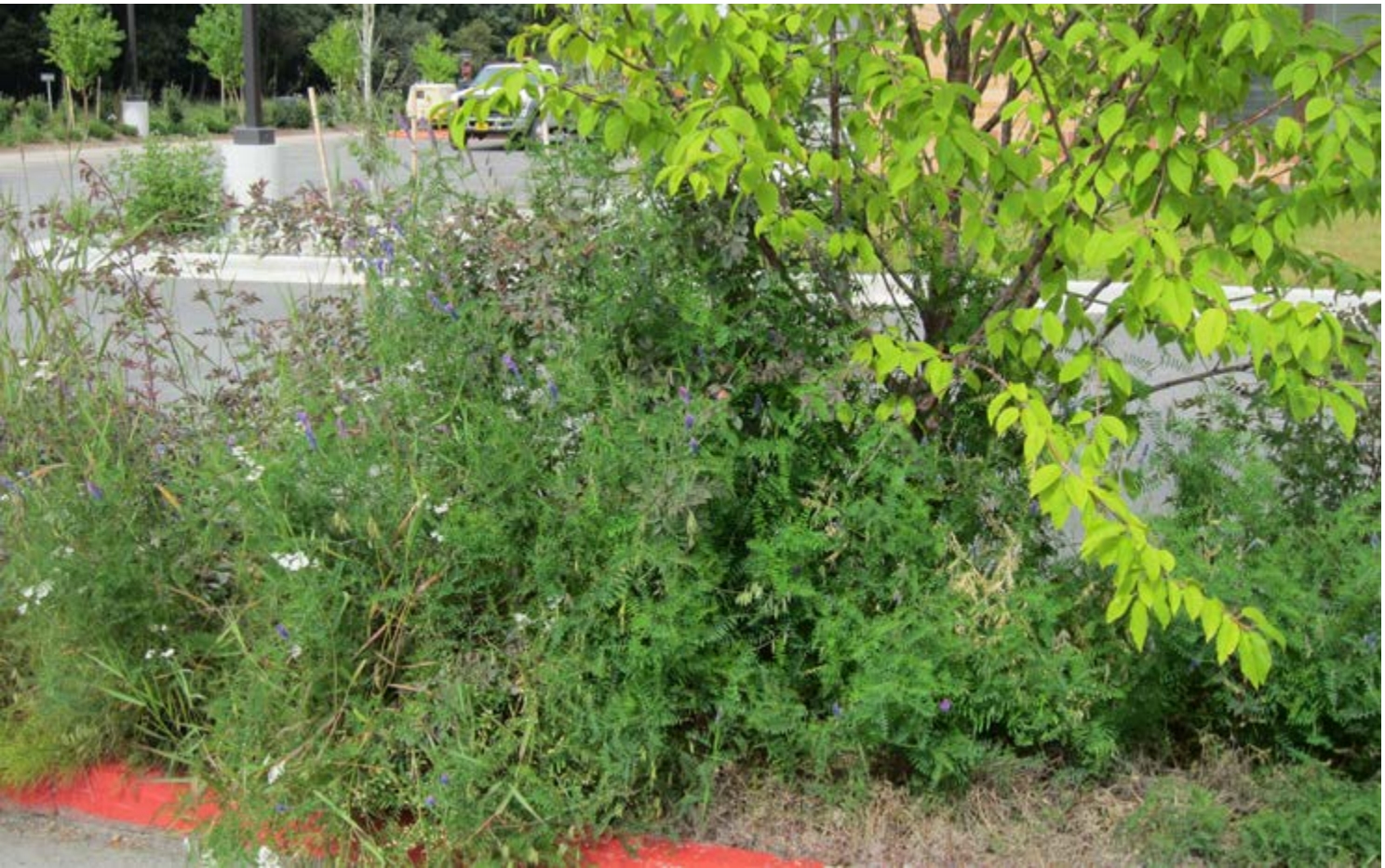
Background: Bird vetch (Vicia cracca) spreads rapidly; it reproduces by seed and vegetatively through spreading rhizomes. Once established, bird vetch is able to flourish in a range of conditions and it is tolerant of fire and drought. Unlike many invasives, bird vetch is also capable of invading undisturbed areas. Bird vetch is a frustration to home gardeners and is a concern in natural areas, small grain fields, vegetable gardens and small fruit orchards.
Bird vetch was first introduced to Alaska as a forage crop; it grows aggressively and is palatable to livestock. In hay fields bird vetch is not likely to outperform timothy or brome; however, it may reduce yields if allowed to smother other forage crops.
Control: If you find a small amount of bird vetch, do not delay. Bird vetch is challenging to control. If new infestations are allowed to become established, it can take years of effort to control them.
Bird vetch produces abundant seeds, but they are relatively short-lived, surviving about five years in the soil. Regular mowing or hand pulling throughout the growing season, before the seeds mature, prevents the plant from producing seeds and also gradually diminishes the infestation. Managing bird vetch with repeated pulling may keep it in check, but given a chance, the infestation will come roaring back. Herbicides or covering are necessary to completely control bird vetch.
- Escapes areas of cultivation to roadsides, power lines and adjacent habitat
- Displaces beneficial plants
- Climbs into the lower branches of trees and shrubs
- Reduces hay yields
- Will take over gardens

- Numerous purplish blue flower clusters are arranged on one side of a stalk.
- Leaves are composed of many pairs of narrow leaflets, with coiling tendrils at the tip.
- Native look-alikes have winged stems.
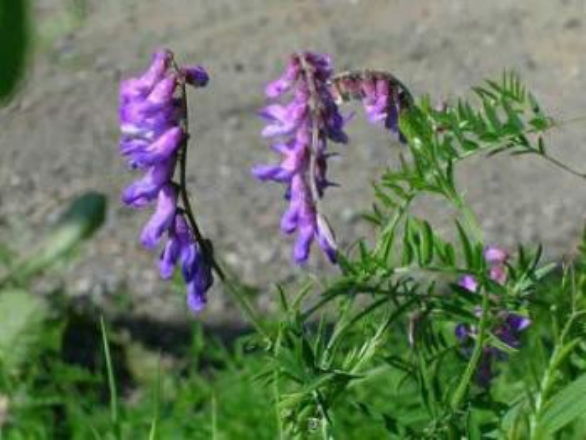
Integrated Pest Management (IPM) Treatment Plan for Bird Vetch Infestations
Forest Service. The goal of integrated pest management (IPM) is to achieve long-term management of pest problems with minimal impact on human health, the environment and nontarget organisms. Below are some approaches that may control an infestation of bird vetch. Use only one of the following methods to control an infestation.
- Pull or mow above-ground plant parts throughout the growing season to prevent flowers from developing; or
- Cover infested area with weed barrier fabric, leaving enough fabric to cover an area at least one foot beyond the infested area. This can work well around trees and shrubs; or
- In early summer, apply a liquid herbicide containing clopyralid, triclopyr or 2,4-D as the primary active ingredient. These herbicides will damage other broadleaf and woody plants if they contact the plant or roots. 2,4-D provides only limited control of bird vetch, but it won’t damage trees and shrubs as easily as triclopyr. Only 2,4-D or triclopyr may be used on residential landscapes. Clopyralid persists in the soil and in lawn clippings and has the potential to damage nontarget plants. Once the herbicide is applied, do not pull or mow the bird vetch. The herbicide is most effective if allowed to translocate down to the plant’s roots. No one herbicide is effective at killing bird vetch in all situations. People wishing to control bird vetch should evaluate the pros, cons and labeling restrictions of these three chemicals for their particular situation.
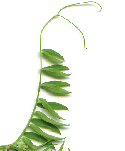
Early-Summer Stage
Pull/Mow — Pulling is effective on seedlings.
Cover — Apply weed barrier to entire infested area or wait if total area is unknown.
Herbicides — Effective now. Treat plants as described above.
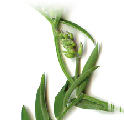
Preflower Stage
Pull/Mow — Mow as close to the ground as possible.
Cover — Mow or pull; then apply weed barrier to infested area. Pull or mow edges that were previously covered.
Herbicides — Less effective at this stage; consider pulling or mowing.
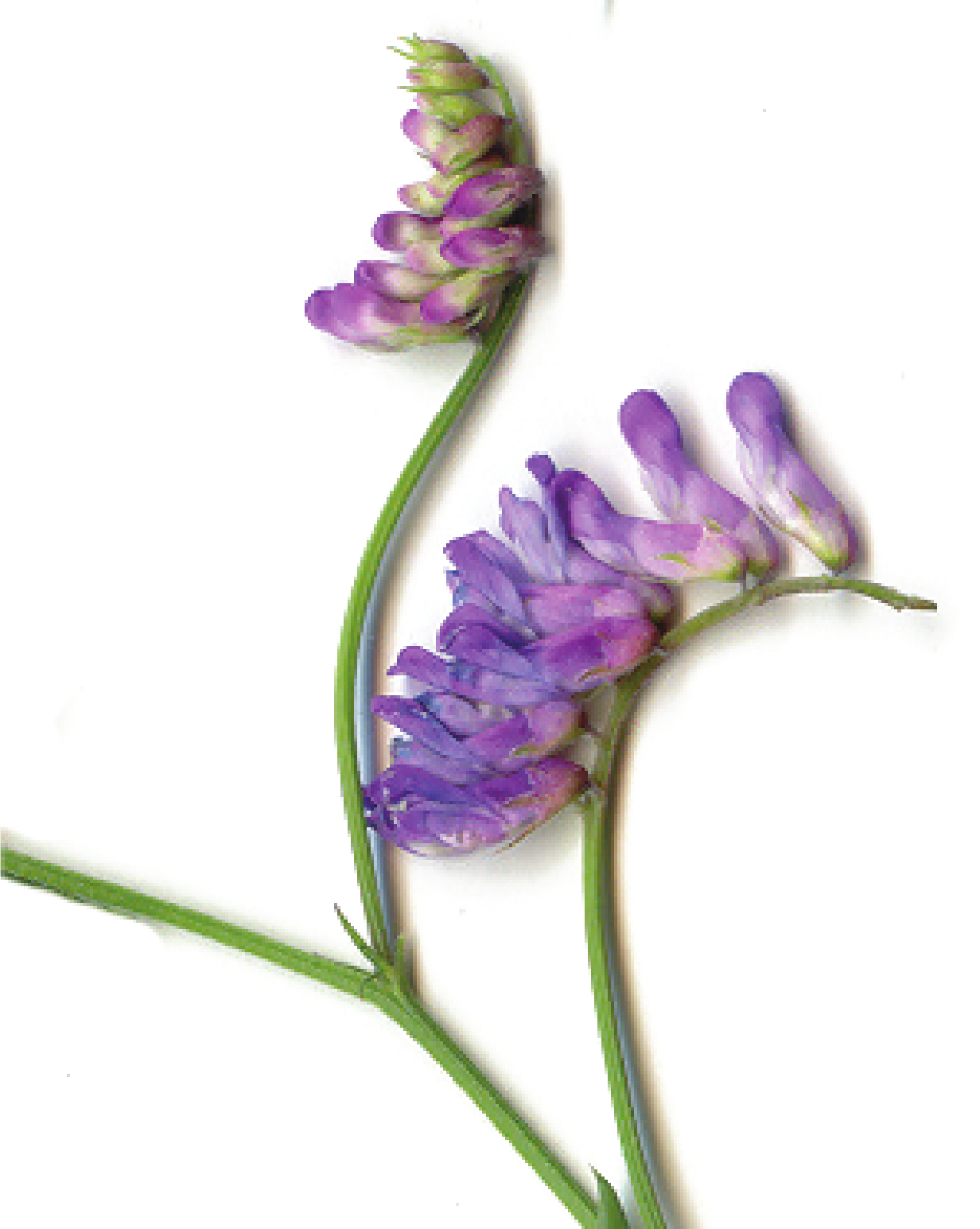
Flower Stage
Pull/Mow — If seed pods have matured do not mow.
Cover — Continue monitoring and pulling edges.
Herbicides — No longer effective; pull or mow.
Not sure you know how to apply herbicides correctly? Contact your local Cooperative Extension Service office to learn more. Always read the herbicide label before applying to ensure it is registered for the site and you use it at the right rate.
Remember the LABEL IS THE LAW!
To simplify information, trade names of products have been used. No endorsement of named products by the University of Alaska Fairbanks Cooperative Extension Service is intended, nor is criticism implied of similar products that are not mentioned.
References
Alaska Exotic Plant Information Clearinghouse. 2005. Invasive Plants of Alaska. Alaska Association of Conservation Districts Publication. Anchorage, Alaska.
Seefeldt, S.S., J.S. Conn, B.E. Jackson and S.D. Sparrow. 2007. “Response of Seedling Bird Vetch (Vicia cracca) to Six Herbicides.” Weed Technology 21: 692-694.
Klebesadel, L. J. 1980. “Birdvetch: Forage Crop, Ground Cover, Ornamental or Weed?” Agroborealis 12(1): 46-49. Jones, L.R. and A.W. Edson. 1901. “The Bird Vetch or Wild Pea (Vicia cracca).” Vermont Agriculture Experiment Station Report, Issue 14.
Gino Graziano, Extension Invasive Plants Instructor, Ashley Grant, former Invasive Plants Instructor, and Trish Wurtz, USDA Forest Service.
Reviewed October 2020
